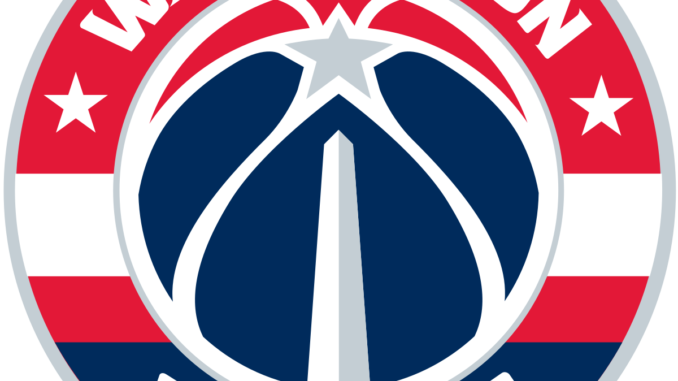
Corey Kispert has fulfilled his role as envisioned when drafted, excelling as a three-point specialist while displaying versatility in other offensive aspects. He has developed proficiency in attacking closeouts with dribble drives and occasionally making cuts, all anchored by his elite three-point shooting ability.
/cdn.vox-cdn.com/uploads/chorus_image/image/73329431/2148618712.0.jpg)
During this season, Kispert showcased strong shooting accuracy from beyond the arc at 38.3%, coupled with a willingness to take 11.0 three-point attempts per 100 possessions. The frequency of his shot attempts is crucial for disrupting defenses, and it’s noteworthy that Kispert reached a career high in this regard. In the 2023-24 season, he ranked in the top 25 for three-point attempts per possession.
Moreover, Kispert demonstrated solid shooting efficiency from various areas on the court, boasting a career-best effective field goal percentage of 60.2%. He excelled in finishing at the rim, converting 78.7% of his attempts, and displayed proficiency in the floater range (3-10 feet) with a 52.5% shooting percentage. While his mid-range shooting (10-16 feet) was average at 42.9%, he performed well on long twos with a 57.1% success rate.
Kispert’s playing style aligns with modern basketball trends, with 60.5% of his field goal attempts originating from beyond the arc and only 19.5% from inside three feet. However, despite his statistical achievements, there remains skepticism regarding his improvement this season.
As a specialist in an era that demands multi-faceted players, Kispert’s limited contributions in rebounding, playmaking, and defense are notable drawbacks. While his scoring output has increased, it’s primarily attributed to elevated usage rather than a significant improvement in performance. This discrepancy challenges the notion of substantial improvement in Kispert’s game, highlighting the need for a comprehensive evaluation beyond scoring statistics.
Kispert’s efficiency declined this season despite maintaining solid shooting percentages from the field due to various factors such as an increase in turnovers (reaching a career high), a career-low free throw shooting percentage of 72.6%, and a drop in offensive rebounds to a career low.
According to the PPA metric (Points Per Attempt), Kispert’s performance dipped to the lowest point of his career last season, with a progression as follows:
– 2021-22: 87
– 2022-23: 95
– 2023-24: 80
In the PPA metric, where 100 represents an average performance (higher is better), and the replacement level is 45, Kispert’s rating of 80 suggests he remains a potentially useful player in the right role and with the right team. However, it’s unlikely that the Wizards will fulfill these criteria within a timeframe that justifies retaining Kispert in their future plans.
While Kispert possesses strengths, the Wizards, in their rebuilding phase, require players who excel in multiple facets of the game. Given the diminishing value of specialists in the league, Kispert’s specialized skill set may not be maximized in Washington.
Entering a contract year, this presents an opportune moment to include Kispert in a trade package for a younger player with potential. The inclusion of Kispert in such a deal could yield greater long-term benefits for the Wizards.
The “performance EKG” graph illustrates Kispert’s production on a game-by-game basis throughout the season, with the red line representing his full-season PPA at each point, while the gray, blue, and pink lines depict five-game, ten-game, and twenty-game moving averages, respectively.
Leave a Reply